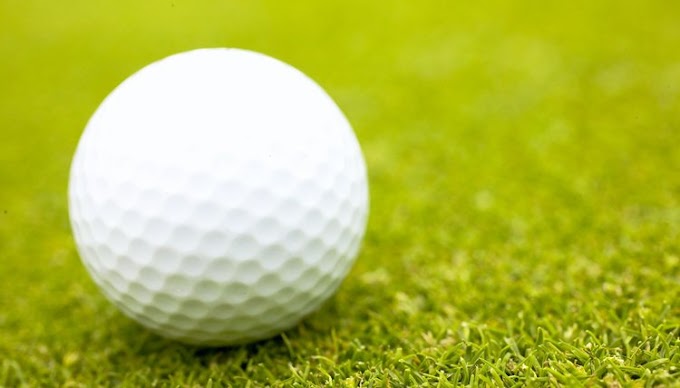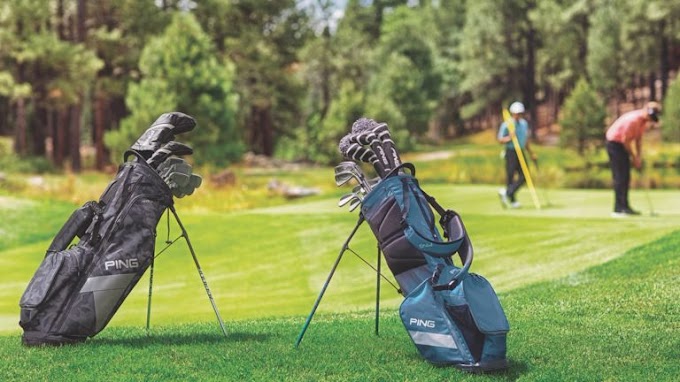How golf balls are made relies upon when the ball was made. Antiquated early balls contrasted essentially from the three-piece and four-piece golf chunks of the cutting edge time. Present day balls must meet the determinations of the administering collections of golf, the United States Golf Association and the R&A of St. Andrews, Scotland. Those determinations currently coordinate, yet they didn't generally. Somewhere in the range of 1931 and 1988, the R&A endorsed a ball size that was somewhat littler than that authorized by the USGA, which means golfers played with an alternate size ball in European occasions.
Most punctual Golf Balls
The sport of golf is characterized by hitting a round article through a foreordained course into a gap. Scotland is credited with being the origination of the game. It's unrealistic to pinpoint the specific date golf was built up, however the Scottish Parliament prohibited golf in 1457, demonstrating it was entrenched at that point. Be that as it may, hockey-like games were played significantly before with a club or paddle and a ball, stone or circle in France, Belgium and Holland. The stick was utilized to hit the ball towards an objective. Early golf balls during the 1400s were cut out of hard wood, and the game was played by all classes of individuals – from laborers to respectability – during that period.
Cowhide Golf Balls
One of the principal golf ball developments happened in 1618. The "featherie" was a cowhide sack built of three bits of calfskin sewn together and afterward loaded down with wet plumes, generally goose. At the point when the quills dried, they extended and gave an adjusted shape to the sack. The balls were then painted. The procedure was monotonous, taking as long as eight hours to stuff one ball. The balls didn't keep going long, either, in light of the fact that the cowhide was more delicate than wood. The benefit of the featherie was its boss flight capacity. The advancement made golf a game for the rich, since the featheries were costly and inclined to harm.
The First Rubber Golf Balls
The game didn't return to the basic man until over 200 years after the fact, in the mid-1800s, when the gutta percha ball was created from the newfound substance called elastic. "Gutties," as they were nicknamed, could be mass-created by warming the elastic and emptying it into molds. The balls were pounded physically when it was found that the splendidly smooth balls didn't go as far when hit as did balls with little spaces. These spaces were the antecedents of the dimples on present day golf balls. Common and manufactured elastic remain the backbone of the cutting edge golf ball.
Present day Golf Balls
The two-piece present day ball is shaped by encompassing a round formed center made of elastic or manufactured elastic with a hard covering. The center is then put in an infusion shape. Hot plastic, either surlyn or urethane, is infused and frames a hard, dimpled covering around the center. The ball is painted, stepped with a logo, given a shiny coat and dried. Three-piece balls have a center community, an elastic covering of the center and a last covering. The elastic covering might be elastic string folded over the center. Four-piece balls have another covering over the primary covering around the center that is not as hard as the last covering yet not as soft as the elastic covering the center. The assembling procedure shifts a piece in the specific creation and materials utilized, in view of various producers and whether the ball is made for separation or control.






0 Comments